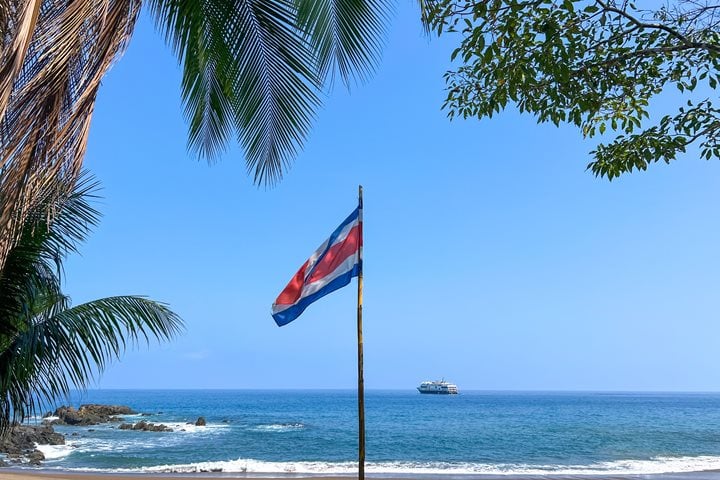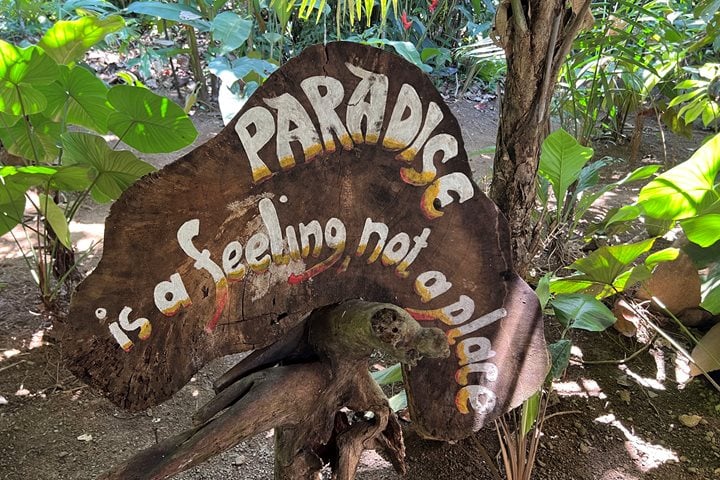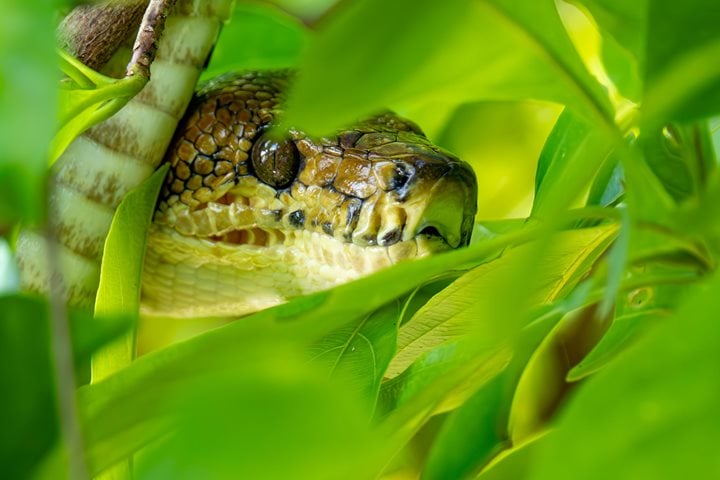Understanding the complex dynamic ecosystems in the new world is becoming a cornerstone of our development. The scientific community, with its presence, provides valuable information to local governments in order to consider conservation as an important element for human development.
Early in the morning our welcoming sonnets were performed by howler monkeys, bright-rumped attilas and red-lored amazons that performed to our guests either stretching on the sundeck or photographing the yellow poui from the bow of National Geographic Sea Lion.
Right after breakfast, with the welcoming presence of one of the most prominent scientists, Dr. Egbert Leigh, we started our morning activities. Either hiking or using our fleet of expedition landing craft, local Barro Colorado staff provided their vast knowledge of the area to explain the amazing work of researchers and reveal some information about the lifecycles of many organisms.
After damming the Chagres river and the formation of Gatun Lake, this terrain of 1600 ha (4000 ac) covered with tropical forest became, in 1923, a field station in the Panama Canal Zone. Barro Colorado Island (BCI), administrated by The Smithsonian Tropical Research Institute, provides facilities for different studies, welcoming an average of 900 scientists every year. Over the years, in part due to the strong scientific presence, the surrounding mainland peninsulas became part of a 4000 ha (10,000 ac) extension of protected land included in the larger Barro Colorado Monument.
With either our landing craft or walking, the rain forest granted special observations of Central American agouties and howler monkeys, including a bivouac for army ants. This rarely visible phenomenon happens when army ants link their bodies and legs together, forming layers of individuals adopting a cylindrical form. Inside this mass the army ants shelter their larvae and mother queen.
By noon all guests returned to the ship and during lunch our third Panama Canal pilot arrived in order to complete our transit of the Panama Canal. With this daylight transit we ended a great week together; from all of us, we really hope you will treasure your natural and cultural experiences in Costa Rica and Panama.







